By Joan Morykin • Special to The Current
What do the Brooklyn Bridge, Henry Mancini, the Molly Maguires, and a Postmaster General who served a critical role during the Revolutionary War and Elvis’s Pink Cadillac have in common?
Anyone who has lived in Jim Thorpe for any period knows that coincidences abound in the shadow of Mt. Pisgah. Interestingly enough, the connection is an artist, Victor Stabin, who resides in Jim Thorpe with his studio in an old stone wireworks factory.
Stabin has opened The Stabin Museum at 268 West Broadway in a building connected to a history that spans more than two hundred years of industrial, economic, and political change, tracing—in the microcosm of this one factory-campus—the arc of industrialization and post-industrialization of Mauch Chunk, Jim Thorpe, Pennsylvania, and indeed the world.
Red brick and stone facades, an underground aqueduct, original maple hardwood floors, and an exposed rock wall at the base of the mountain all lend a distinct architectural ambiance to the complex, which throughout its history has been a place for innovation and fabrication using the most innovative technology of the day.
Often compared to Dr. Seuss, Salvador Dali, and M.C. Escher, Stabin’s work is a world unto its own that defies description. His work itself, is an homage to the arc of art history from the influences of centuries old Japanese watercolor print artists to contemporary graphic arts. His work is inspired by many facets of his own life including his family, an interest in the connection between man and nature, water and the water’s edge.
This is a building once owned by the Hazard family – the child (Erskine) and grandchild (Fisher) of Ebenezer Hazard who was a US Postmaster General and contemporary of Benjamin Franklin and George Washington.
Americans stopped patronizing the British postal service in 1775 and created their own postal service. Ebenezer Hazard became Postmaster of New York City during the revolution while Ben Franklin was named postmaster general for the continent. Franklin subsequently appointed Hazard “surveyor” (inspector) for the continental post office.
Stabin’s artistic resume includes a commission to design nine U.S. Postage stamps – eight American Scientists and a portrait of noted composer, Henry Mancini. In addition to such well-known film scores as THE PINK PANTHER and MOON RIVER, Mancini also wrote the film score for THE MOLLY MAGUIRES starring Sean Connery. THE MOLLY MAGUIRES was filmed in downtown Jim Thorpe in the late 60’s – a stone’s throw from the building where Mancini’s portrait would one day be painted by Stabin and displayed on over 80 million U.S. postage stamps.
Stabin was born in Brooklyn and Brooklyn’s most famous landmark, The Brooklyn Bridge, wouldn’t have been possible without the technology that was developed at 268 West Broadway, by Erskine and Fisher Hazard.
The Hazards invented the first mechanized wire rope machine that created the twisted cables used in suspension bridges. Over 200 million tons of wire rope were produced per year at the building with water power supplied by the Mauch Chunk Creek – the creek now visible in the dining room of the museum cafe named after his youngest daughter, Cafe Arielle.
Following its useful life as the Hazard Wire Rope factory (the rope factory moved to Wilkes-Barre), the building was used as a silk mill, The Mauch Chunk Silk Company. The concrete bunker where the silk was stored is still in use as the kitchen for the cafe and the old cutting tables are now dining room tables – making the building a case study in creative industrial reuse.
The silk mill became MaryAnn Manufacturing, one of several dress factories owned by the Merluzzi family, employing a number of residents in the area through the 1960s and 70s.
The dress factory once again transformed…by making transformers (for model railroads) and converted to a toy factory, The Hobman Corporation. They made remote controls for model railroads as well as model cars including Elvis’s Pink 1955 Cadillac) and transformers for model railroads. The factory was shuttered in 2000.
In 2004 Stabin purchased and resurrected a 15,000-square-ft 172-year-old factory, where for the last fifteen years he’s been filling it with his brand of art. The factory now has galleries, a projection room, a cafe and bar where the Mauch Chunk Creek is visible through an elegantly designed glass enclosure come dining table. There’s even a magical “secret garden”, a performance space for Jazz and more. The museum even has off-street parking for patrons who wish to visit.
The Stabin Museum and Cafe Arielle are open on weekends. For more information/events call 570-325-5588 or visit their www.facebook.com/foodartdrink.





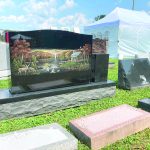


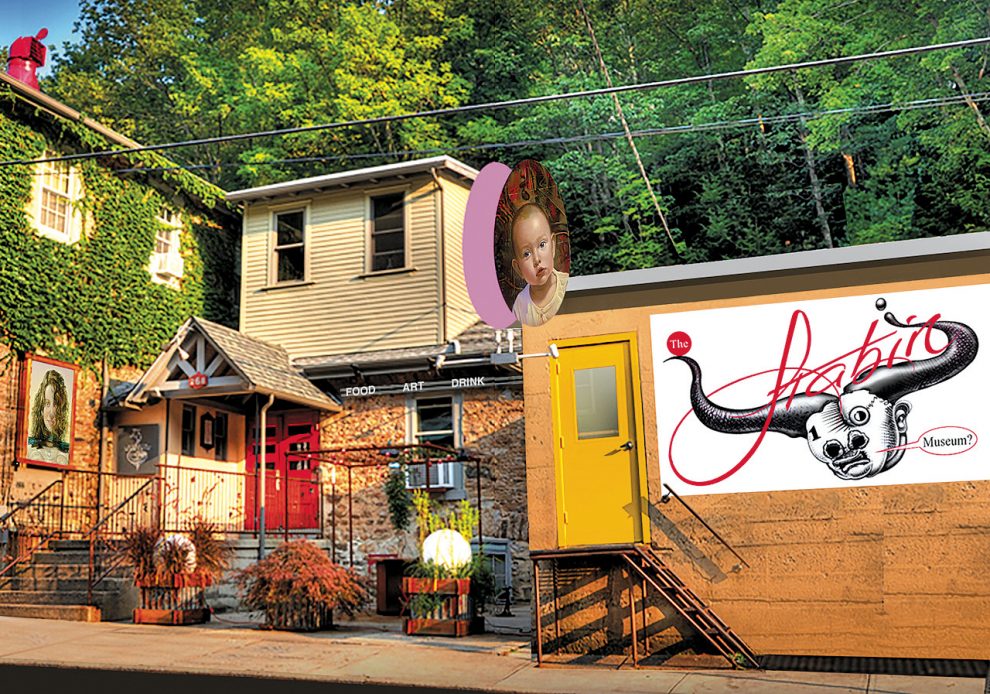



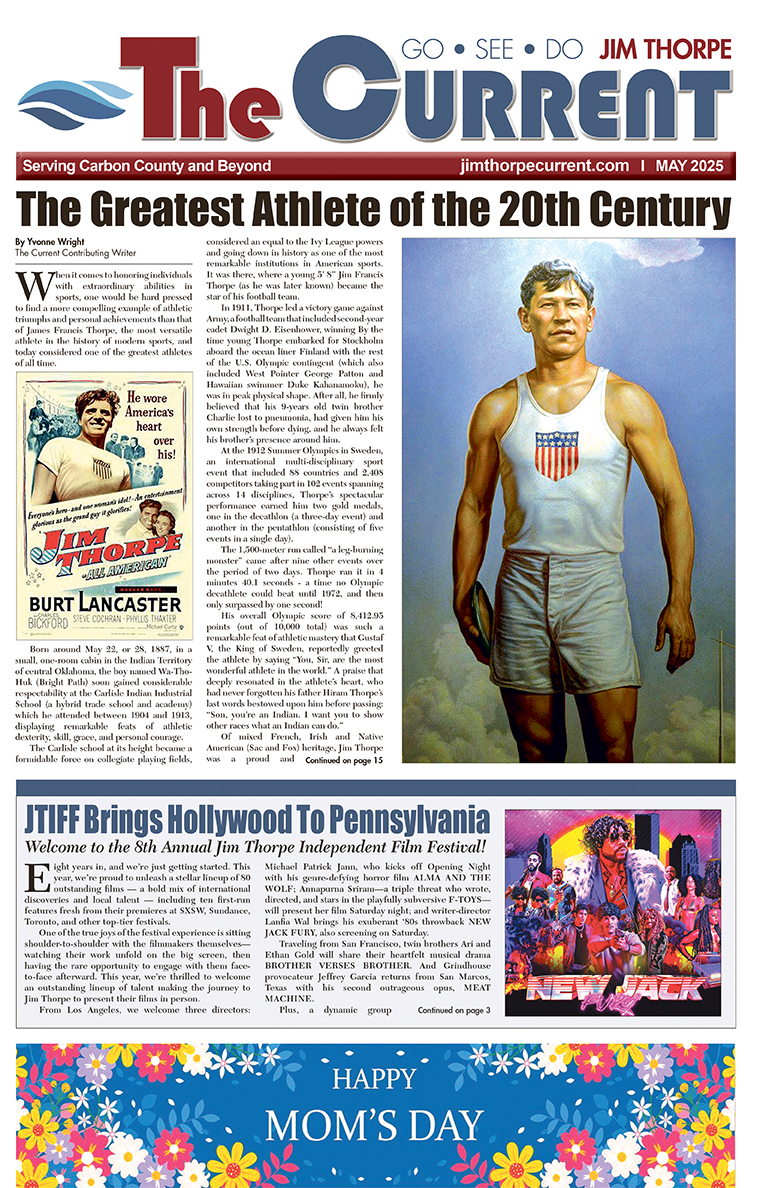
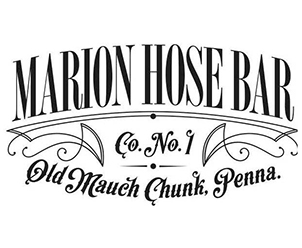

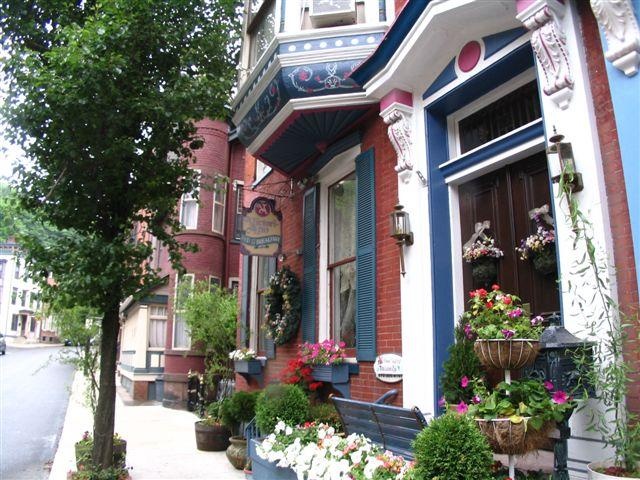











Add Comment